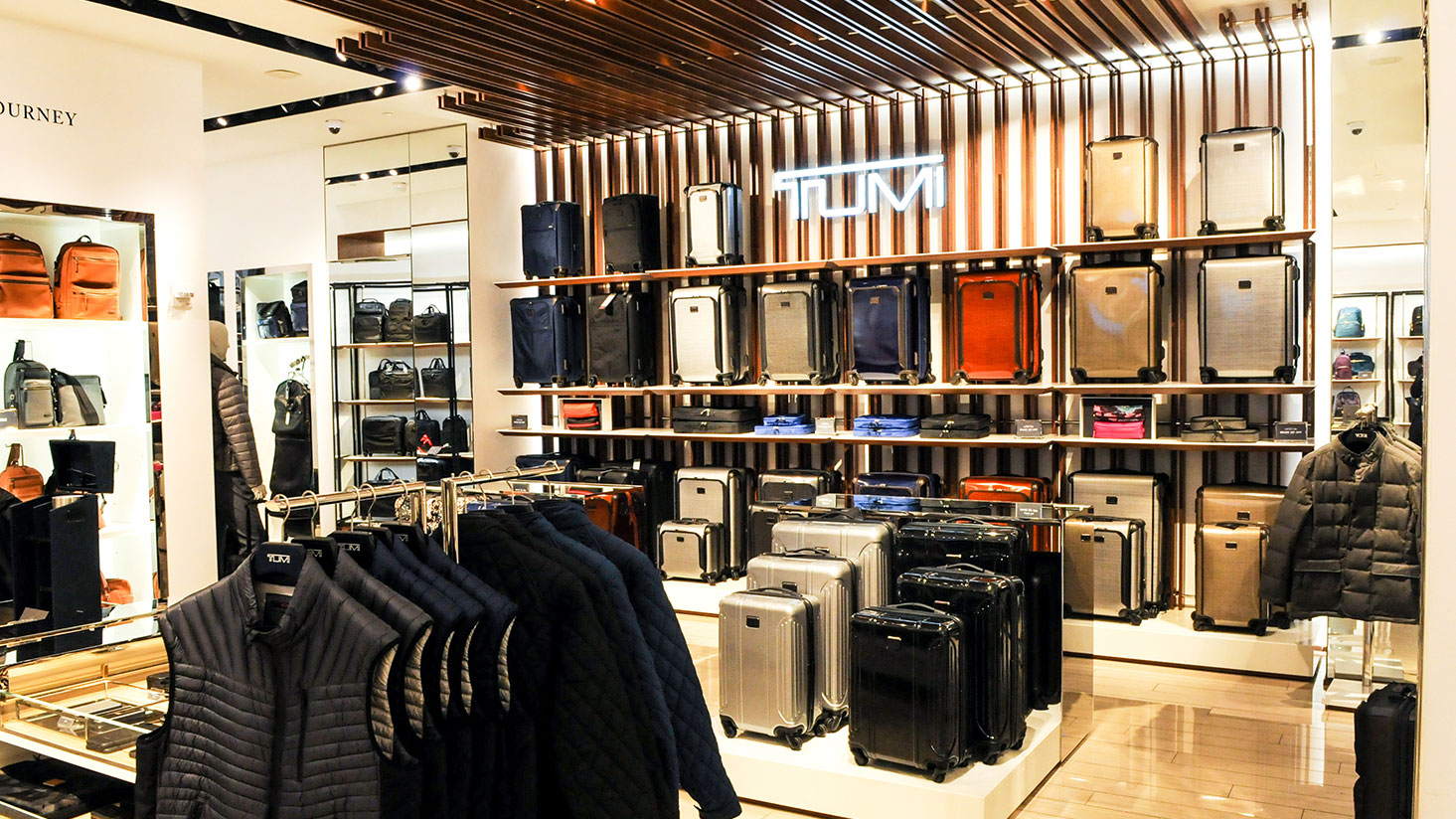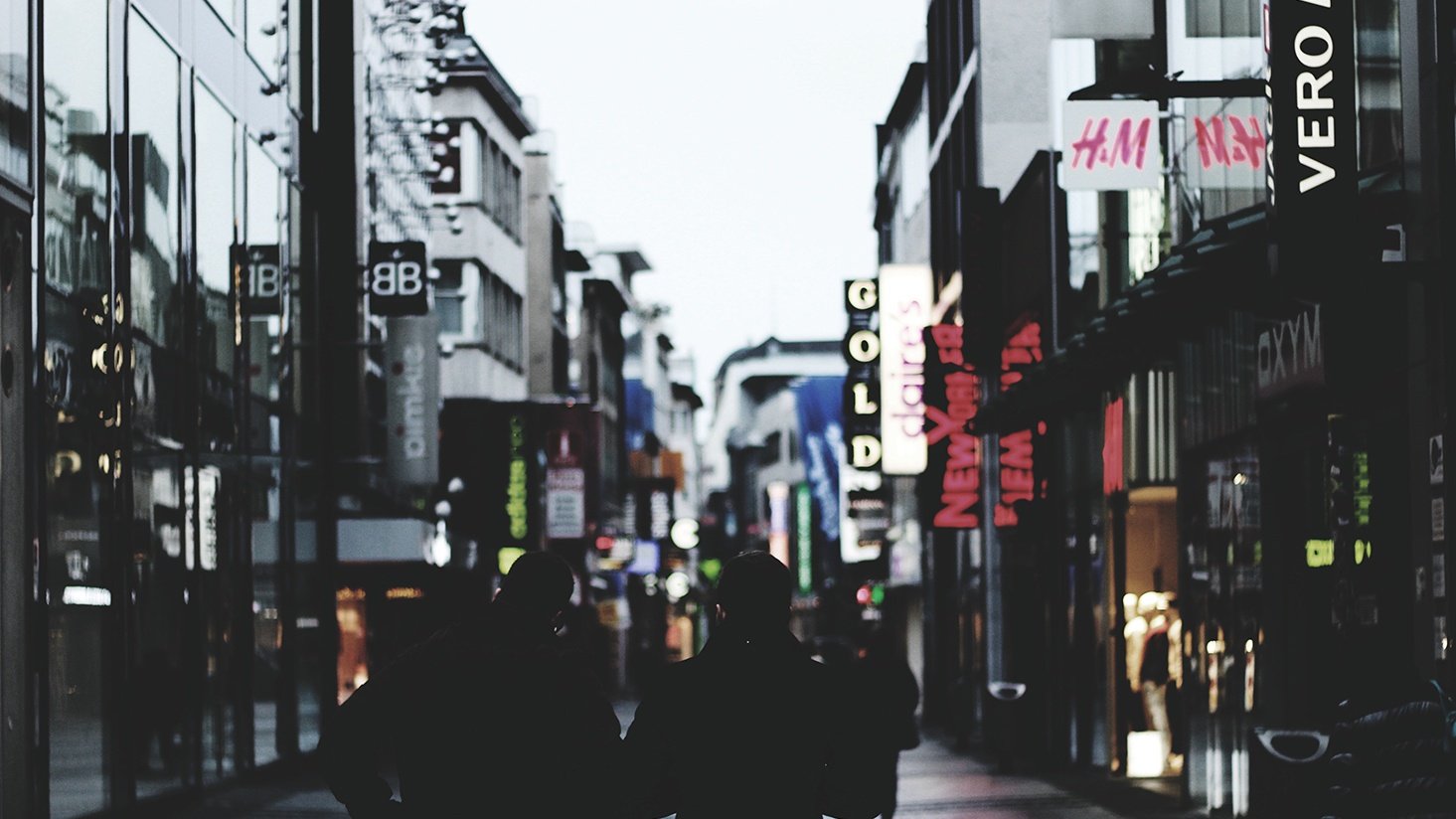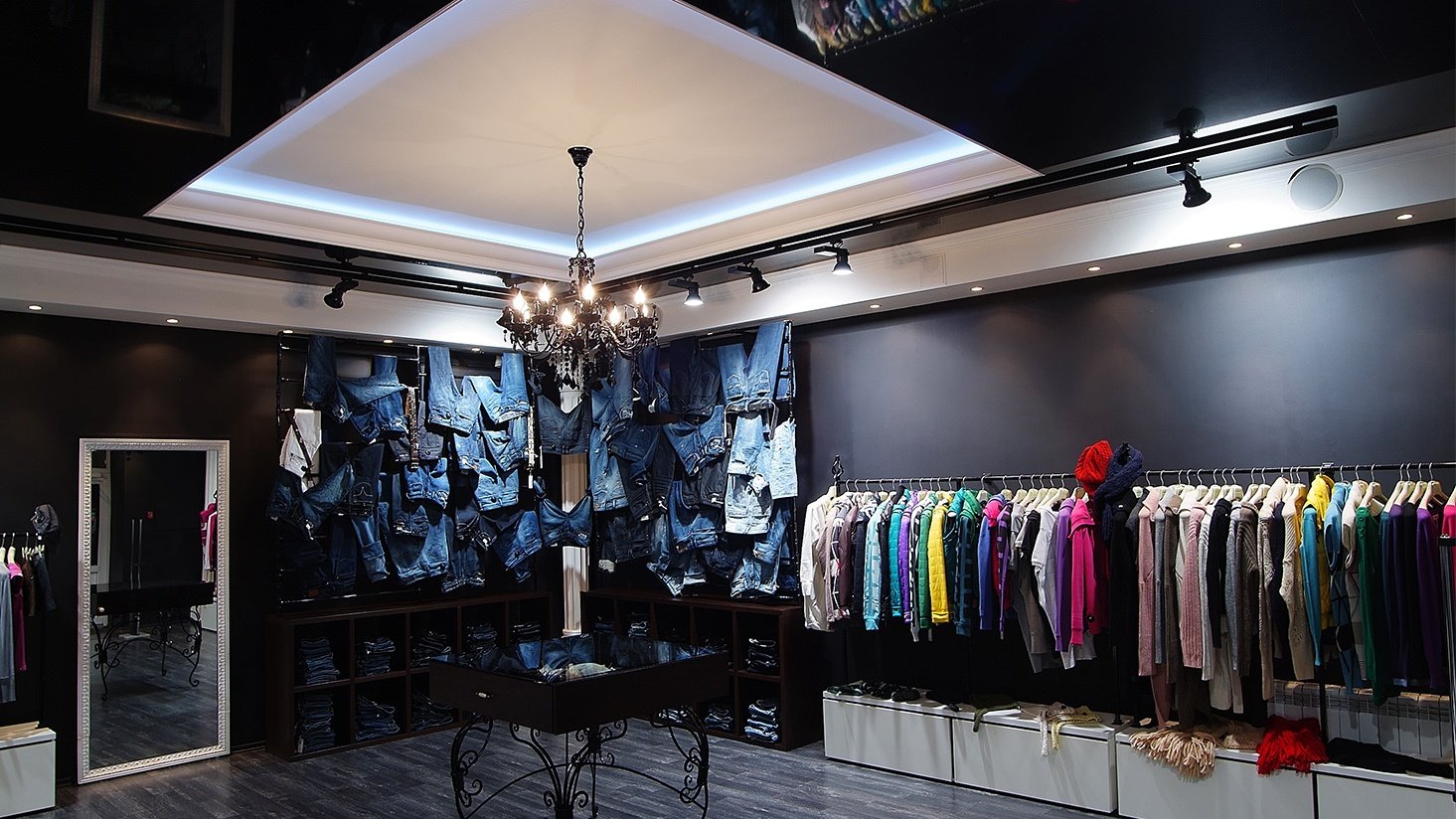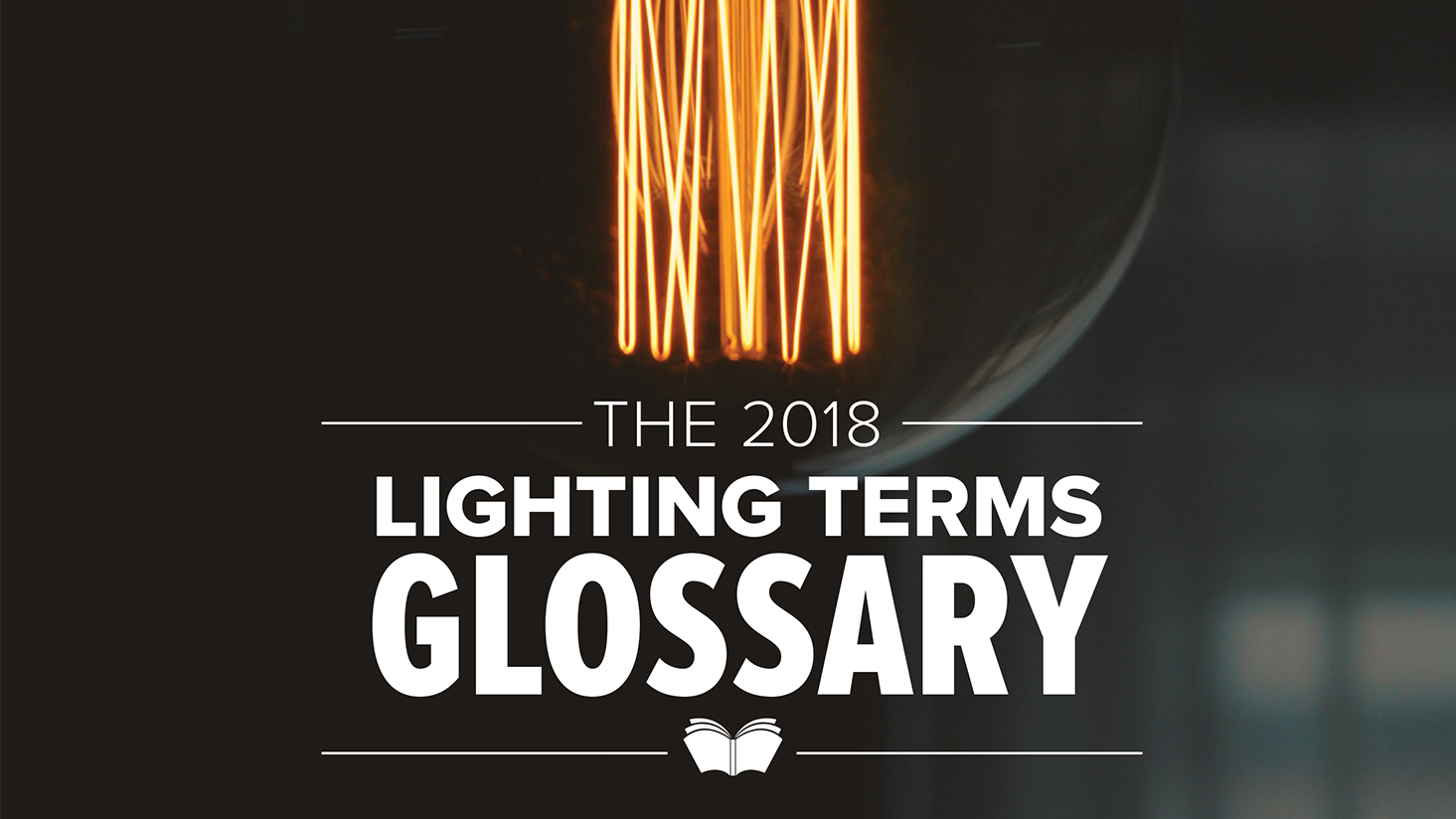5 ways to make your retail store lighting more dynamic
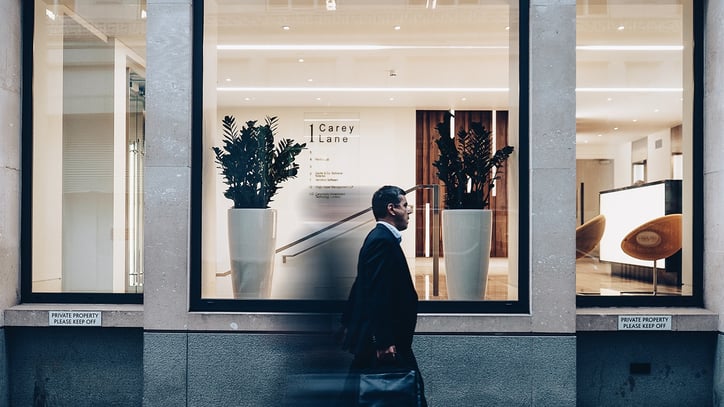
Exciting and dynamic lighting in your retail store is a critical ingredient to creating an appealing store environment. Lighting affects your customers more than you may realize.
But let's say you have "decent" lighting right now, how do you take it to the next level?
It can be difficult and cumbersome to weed your way through thorny, tangly lighting jargon. (It can get be overwhelmingly complex.) No matter your budget or experience with lighting, here are some straightforward retail lighting design strategies you can adapt right now.
Interested in learning more retail lighting design tips and tricks? Download our retail lighting design e-guide.
1. The color in your store is dependent on your lighting
There are a lot of considerations to keep in mind when designing your lighting, but one of the most important is the way the light renders the color of the product in your space. Certain manufacturers have high Color Rendering Index (CRI) ratings to address this issue, while others are pumping certain colors from the light spectrum to increase the saturation in reds or blues, or to create a bright white.
There are a lot of good arguments emerging in the lighting industry right now surrounding CRI’s shortcomings in its ability to measure color quality. The main thing to know about those discussions: CRI does a poor job of accounting for products that have higher spikes in certain color wavelengths. The best way to determine the right CRI for your space is to perform a mock-up. If you sell cosmetics, for example, a product that has warmer tones may be best, whereas if you are selling high-tech gadgets, you may want a product that picks up bright whites.
2. Use lighting wisely
When reviewing your store design, it’s important to note both the color of the finishes of the space and the product, along with the features of the space. Not every area will need the same amount of lighting. For example, if you have a bright white entry with
Equally important to consider is the ratio of lighting to the feature areas of the space. You may have an area with a particular product that you would like to move, in which case, more targeted lighting could help draw the eye to that area over another.
3. The color of the lighting sets the mood
Correlated Color Temperature (CCT) is essential to consider for your brand at large. The feel of a space can be largely determined by the color of the lighting. A warm, wood-based design may benefit from a 2700K CCT, with the lighting reinforcing the warm tones of the wood and product, where a sharp, modern space may be most attractive with a cooler-toned 4000K CCT. Again, this is best determined by a mock-up where you can view several different CCT options with your design.
Read more: What is color temperature?
4. Add layers of light
Adding layers of light to your space is a great way to add visual interest, especially when you include millwork lighting, which helps draw the customer’s eye to the product on display at eye-level and lower. When
5. Controls have a place in retail
Controls have not typically played a large part in retail spaces, but now with advances in technology, controls can provide tracking data which can be used to
Want more practical retail design tips? Learn how to aim your accent lighting with this step-by-step guide.





